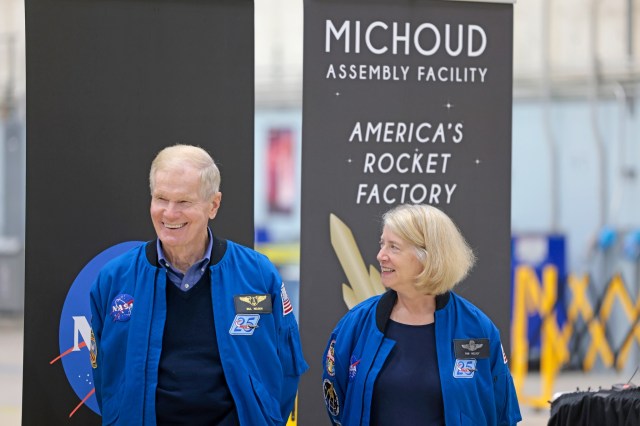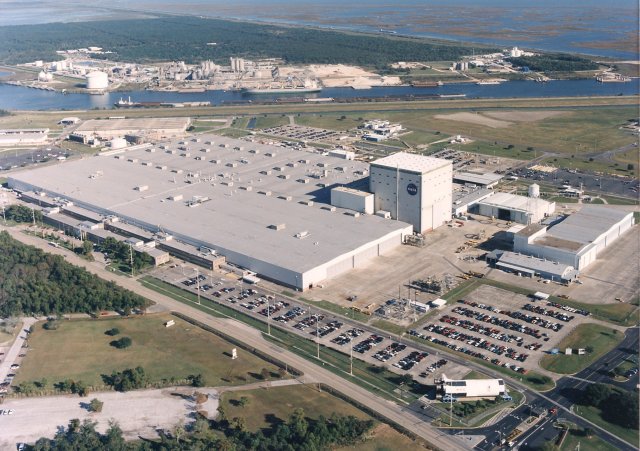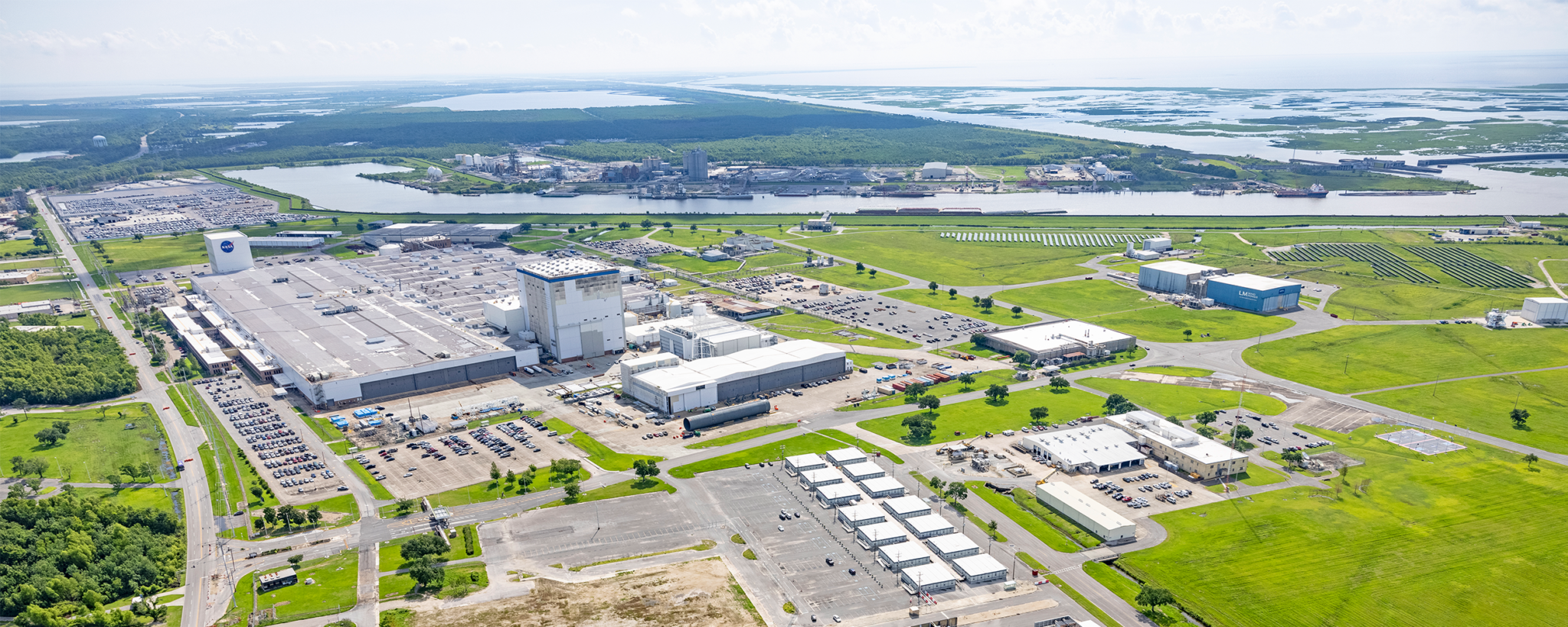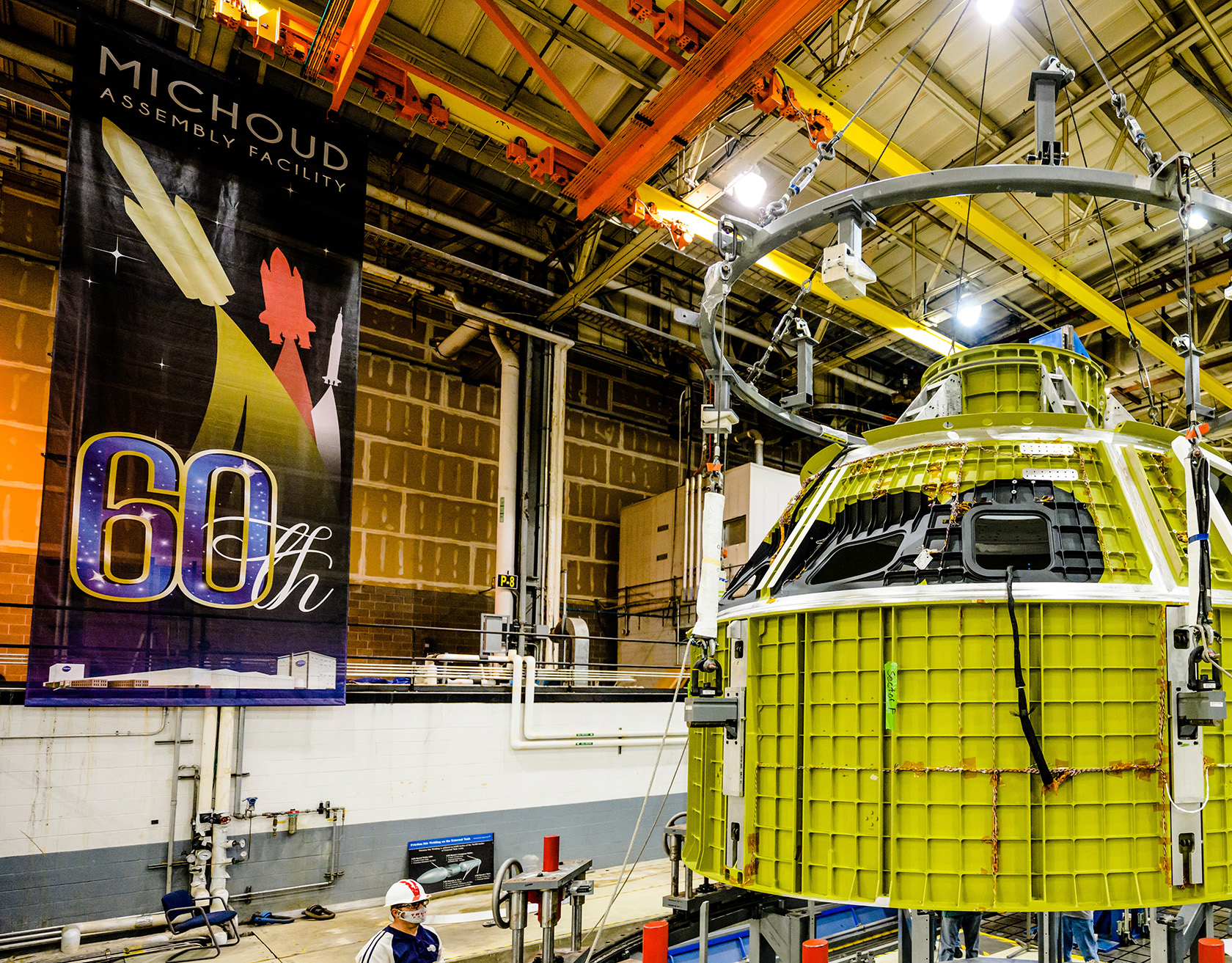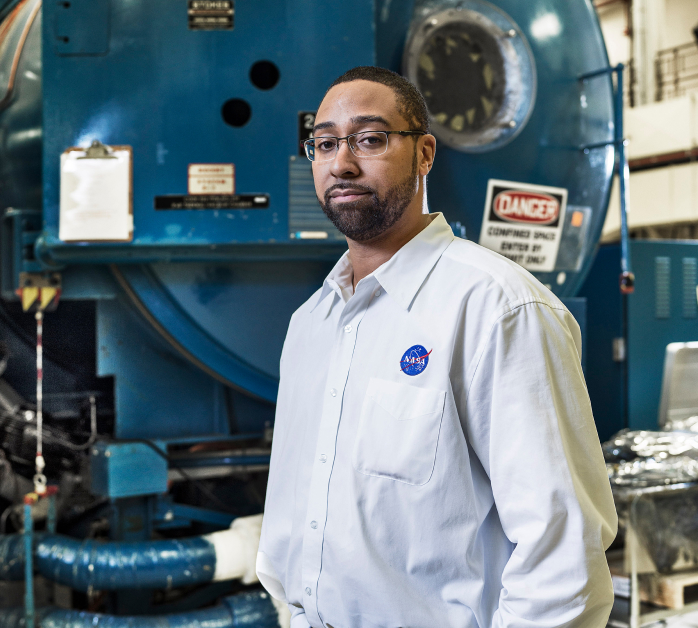About Michoud
For more than 60 years, NASA’s Michoud Assembly Facility in New Orleans, Louisiana, has been “America’s rocket factory,” the nation’s premiere site for manufacturing and assembly of large-scale space structures and systems. The government-owned manufacturing facility is one of the largest in the world, with 43 acres of manufacturing space under one roof—a space large enough to contain more than 31 professional football fields. Michoud is managed by NASA’s Marshall Space Flight Center in Huntsville, Alabama, with several areas of the facility used by commercial firms or NASA contractors.
Quick Facts
Michoud is manufacturing and assembling the largest rocket stage NASA has ever constructed: the Space Launch System (SLS) core stage—the world’s most powerful rocket that will send the Orion spacecraft, astronauts and supplies on bold exploration missions to the Moon and beyond.
Michoud workers, led by prime contractor The Boeing Co., headquartered in Chicago, Illinois, are building the SLS core stage, the largest part of the 322-foot-tall rocket, for all of the SLS rockets. Towering at 212 feet tall with a diameter of 27.6 feet, the SLS core stage is the largest rocket stage ever flown. It stores 733,000 gallons of super-cooled liquid hydrogen and liquid oxygen to fuel the four RS-25 engines which power the rocket. Aerojet Rocketdyne of Sacramento, California, is the prime contractor for the RS-25 engines.
Michoud’s state-of-the-art manufacturing and welding equipment—including a friction-stir-welding tool that is the largest of its kind in the world—make it possible to build several core stages simultaneously. Each core stage’s major structures are built with the large welding machines, then outfitted with avionics, thermal protection systems, propulsion systems and other internal hardware. Finally, the structures are assembled, and the four RS-25 engines are added to form the entire core stage. During launch, the RS-25s produce more than 2 million lbs. of thrust.
The core stage for Artemis I was delivered to NASA’s Kennedy Space Center in Florida where it was prepared for the first integrated flight of SLS and the Orion spacecraft. SLS provided the power to send the un-crewed Orion spacecraft 280,000 miles beyond the Earth, farther than any spacecraft built for humans has ever flown. At Michoud, teams are constructing the core stages for three more SLS rockets, including Artemis II and Artemis III, the first mission that will send astronauts to lunar orbit and back to the moon. Michoud’s large manufacturing space, along with advanced tooling and equipment, has enabled construction of the first hardware for the Exploration Upper Stage (EUS), a more powerful upper stage that will be used with the evolved Block I B configuration of the SLS rocket. The EUS will provide the power to send larger and heavier payloads to the Moon and Mars.
Orion’s large structures and composites are being manufactured at Michoud by prime contractor Lockheed Martin of Bethesda, Maryland. These structures include the Orion crew module pressure vessel and its underlying framework, designed to ensure a sealed life support environment. Fabrication and development of the launch abort system is also underway at Michoud by Lockheed Martin. This system is positioned on a tower atop the crew module and can activate within milliseconds to propel the vehicle to safety and position the crew module for a safe landing.
To help realize these next-generation spacecrafts, Michoud is building on its long legacy of successful fabrication and manufacturing of large, complex hardware for NASA flight programs. During the Apollo Program in the 1960s, workers at Michoud built the first stages of the Saturn IB and Saturn V rockets, which took America’s astronauts first to low-Earth orbit and then on to the Moon. In the decades after Apollo, Michoud was home to manufacturing of the 15-story-tall external tanks, the largest space shuttle elements, which carried the fuel for 135 shuttle flights from 1981-2011. Experience and expertise gained while building the Saturn stages and the space shuttle external tanks benefit SLS core stage development and manufacturing.
History
Building Future in Space
NASA's Michoud Assembly Facility, located in eastern New Orleans, Louisiana, is an 832 acre site that is a government-owned, contractor-operated component of the George C. Marshall Space Flight Center (MSFC).
The facility was acquired by NASA in 1961 at the recommendation of Dr. Wernher von Braun and his rocket team in Huntsville Alabama. The cavernous plant served as the assembly facility for the Saturn launch vehicles and the external tank (ET) used for the Space Shuttle Program. French transplant Antoine Michoud, the son of Napoleon’s Administrator of Domains, moved to the city in 1827 acquired the land . Michoud operated a sugar cane plantation and refinery on the site until his death in 1863. Two brick smokestacks from the original refinery still stand before the Michoud facility today.
Learn More about Building Future in Space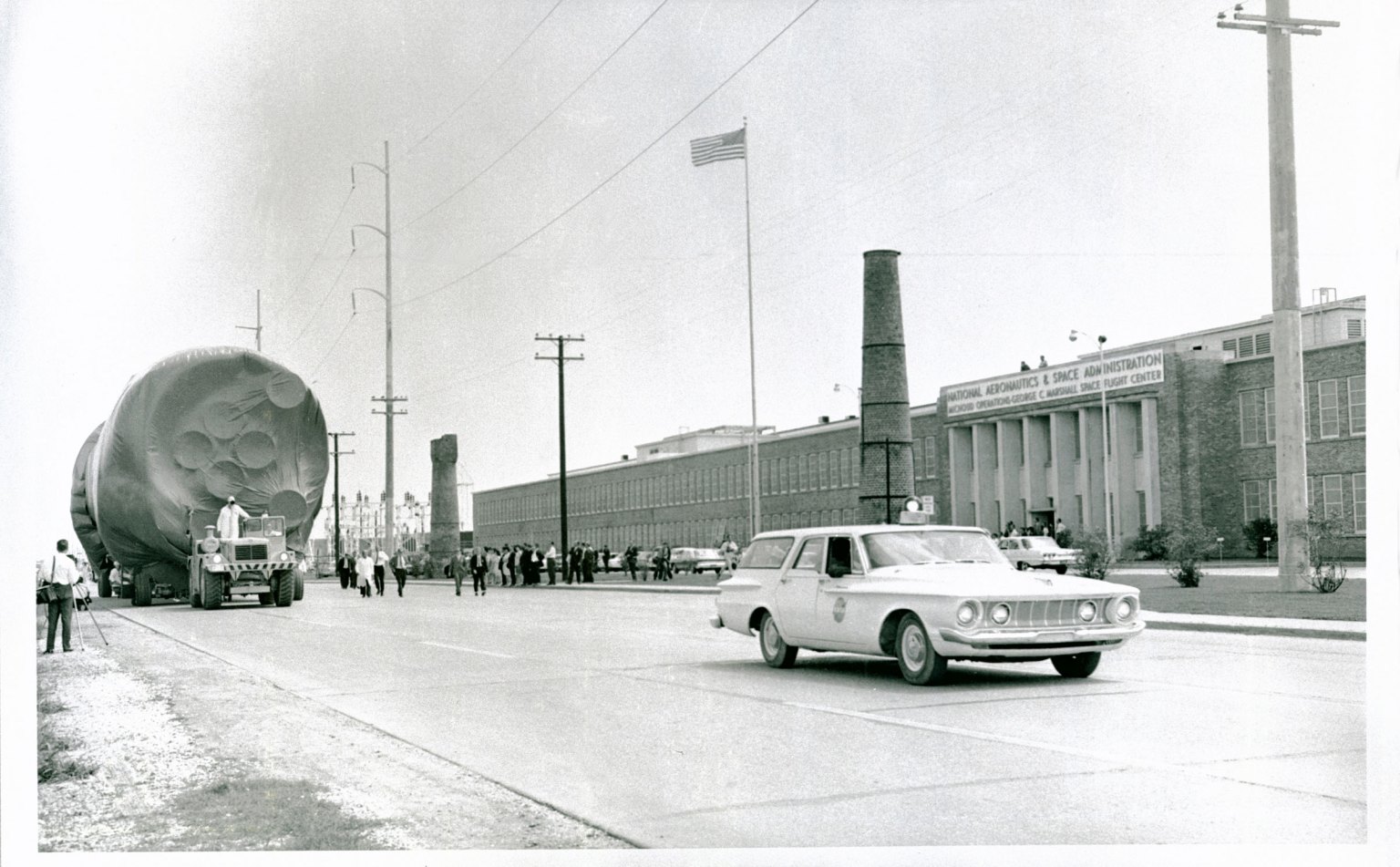
People of Michoud
Explore the Universe from your Inbox
Subscribe to the NASA newsletter
We will never share your email address.




























